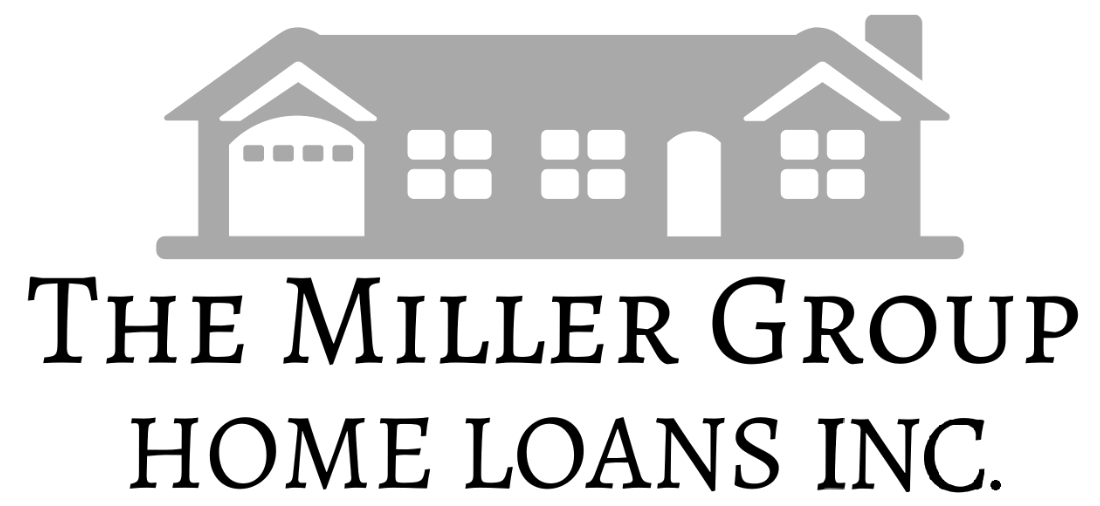
Deciding on how much money to use as a down payment can be confusing. The Miller Group is here to help. The route for each buyer or investor depends on their situation and personal preferences.
Low Down Payment Options
FHA Loan
You can purchase a single-family home or condominium with as little as 3.5% down payment using an FHA loan, but there is a price for lower down payments on conforming loans: mortgage insurance (often called PMI, private mortgage insurance).
Mortgage insurance is required when the conforming loan amount is MORE than 80% of the purchase price (practical translation: down payment is less than 20%). Also, the lower the down payment, the higher the premium ratio charged.
USDA Loan
Is your dream home surrounded by pasture and farmland? Buyers in rural and suburban markets may be able to use a USDA loan, which requires no money down.
Household income limitations do apply and buyers should expect to pay PMI if their down payment is less than 20%.
VA Loan
Military veterans who qualify for a VA loan can purchase a home with no money down. VA loans can provide up to 100% financing for qualified military personnel and veterans.
There are also non-conforming mortgage loan programs available that allow for 80/20 set-ups, which allow borrowers to obtain a second mortgage to cover the 20% down payment.
Have less than perfect income and credit? We may have a program that fits your needs!
How much should I use for a down payment?
There are costs and benefits to any option, including those with low down payments. You should carefully consider your options and discuss your plan with a professional.
Talk to one of our loan specialists today to come up with a customized solution that best fits your needs and budget.
Cost of a Lower Down Payment
Low or no down payment programs have two primary costs that result in a higher monthly payment:
- Higher interest rates
- Higher mortgage insurance premiums.
Mortgage insurance can be removed once sufficient equity is produced. For example, if the property shows at least 20% equity in a few years, the mortgage insurance can be refinanced away.
Benefits of Lower Down Payments
Though the disadvantages of low down payments seem serious, there are also advantages. Take time to weigh the two and assess which is the best for you.
The chief benefits of lower down payment include the following:
- Less money out of pocket at the time of purchase.
- Higher rate of return. Your property’s appreciation will be the same whether you put 3%, 5%, or 20% down. In fact, your rate of return actually decreases as you make a larger down payment, as discussed below.
- Opportunity cost. In some cases, the smart investor can make more money from available cash by placing it in other investments.
During the first few years of the mortgage loan, the bulk of your monthly payments go towards paying interest – which is usually tax-deductible. So you get quite a bit of your monthly payments back at the end of the year in the form of tax deductions.
Personal Consideration
Carefully consider the amount of money that you want to put down. Your lender will qualify you for a certain level based on your income; however, that amount may be different from the level that you feel comfortable paying each month. You must decide what you can afford.
Talk to your loan officer at The Miller Group about the best situation for you.
Get started today!
Fill out the questionnaire on this page to start a discussion about your mortgage needs today!

